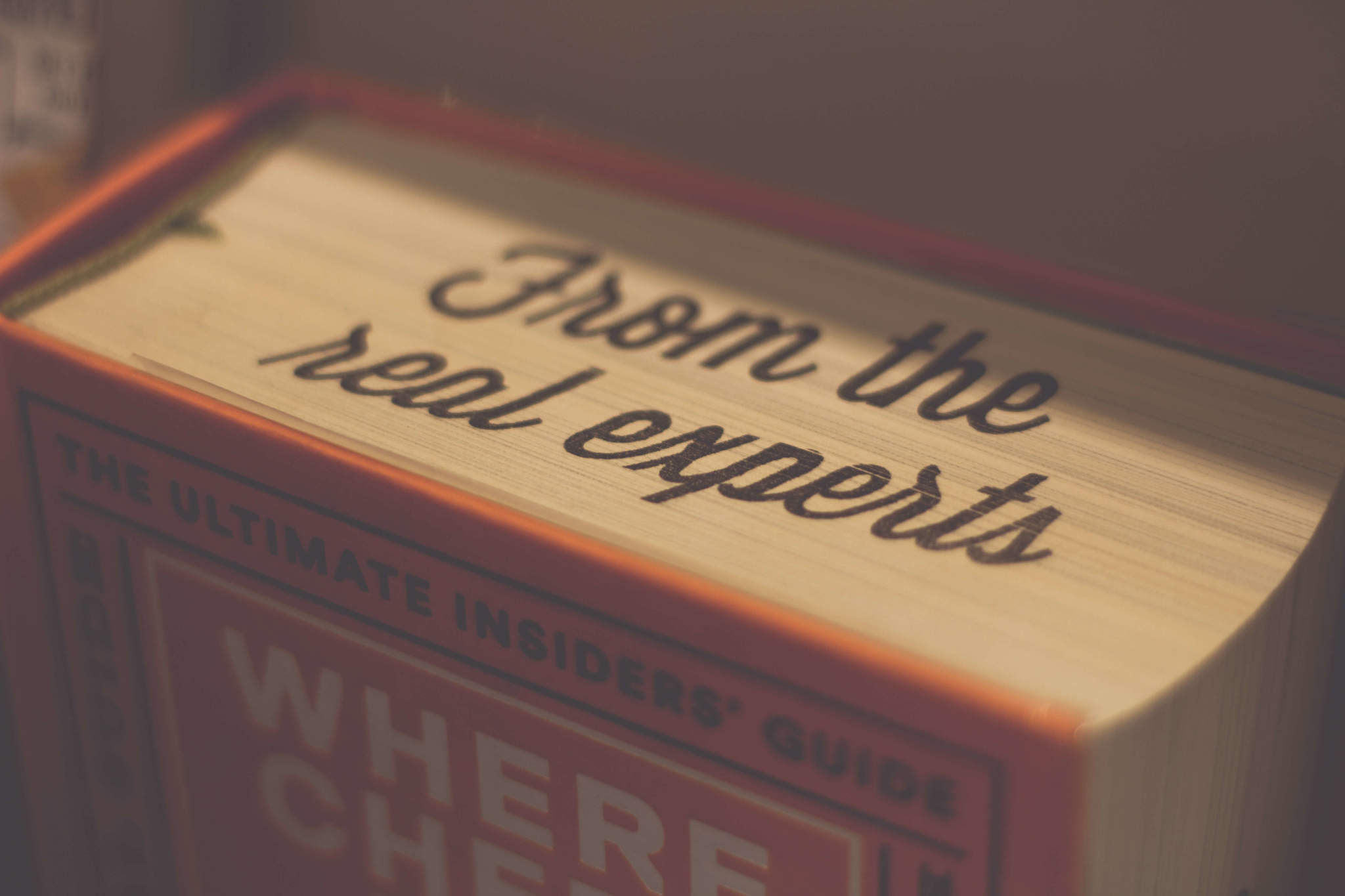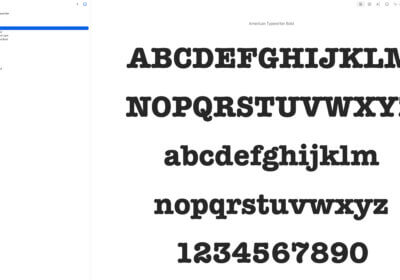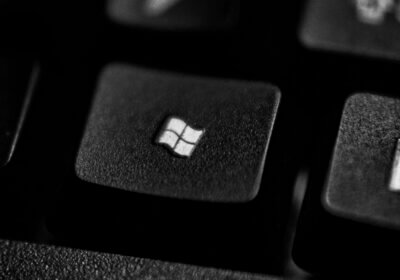Being a creative in an agency can be stressful. Beautiful, but stressful. You know what we’re talking about: tight deadlines, impossible briefs and random days when inspiration refuses to appear. Despite the huge amount of empathy we have for all of you, today we’re not going to talk about this kind of stress.
You might be wondering: well, what’s up with the title? Breaking news: fortunately (or unfortunately), fonts are stressed too. Not by briefs or by clients, but due to the pressure points certain letters have. I know this might seem impossible or a bit unusual. Let’s dig into this different type of stress and see what it’s all about.
How do we define stress?

Merriam-Webster dictionary defines stress as emphasis, weight. Judging from a typographic point of view, stress is the transition angle between the thickest and the thinnest points in a character’s stroke. We can measure stress by drawing a dotted line – an axis – that connects the thinnest points in a character (as you can see in the picture up above). This axis can be vertical, diagonal and ever horizontal (also known as reversed stress).
Why do we have so many fonts with stressed letters?

Basically, fonts that have stressed letters are predominant. The main reason for this dates back in the 15th and 16th century. The old Roman fonts that appeared back then were based on handwritten letter forms. When people used to write a lot by hand, letters used to have a moderately variable stroke width and a left leaning stress angle. Due to this natural way of writing, letters tend to get a diagonal stress.
Times went by and new fonts appeared. In the 18th century, people used pointed nibs to write, therefore creating the Modern Serif fonts. The obtained letter had a vertical stress. As a fun fact, fonts with little or no stroke contrast at all are also vertically stressed.
Keep in mind! Our allies when it comes to identifying different types of stress are uppercase “O”, lowercase “o”, uppercase “Q” and lowercase “e”. These letters will help you identify easier the angle of stress because of their easy to see thinner points.
Combining stressed fonts
Combining fonts can be an extremely difficult task. From finding fonts that match with each other until coming up with a balance between them, you have to take into account a lot of aspects. Now, we are going to focus on how to combine fonts based on their stress.
If you want to combine fonts stressed differently, remember that stress can help you:
- create harmony;
- create a visual juxtaposition between fonts.
In other words, if you choose them right, fonts will complete each other perfectly.
One good example is the combination between the Garamond Premier serif font (check it out here Garamond Premier) and the News Gothic sans serif font (you can find it here News Gothic). You can find these two fonts and many more on WhatFontIs.com.



